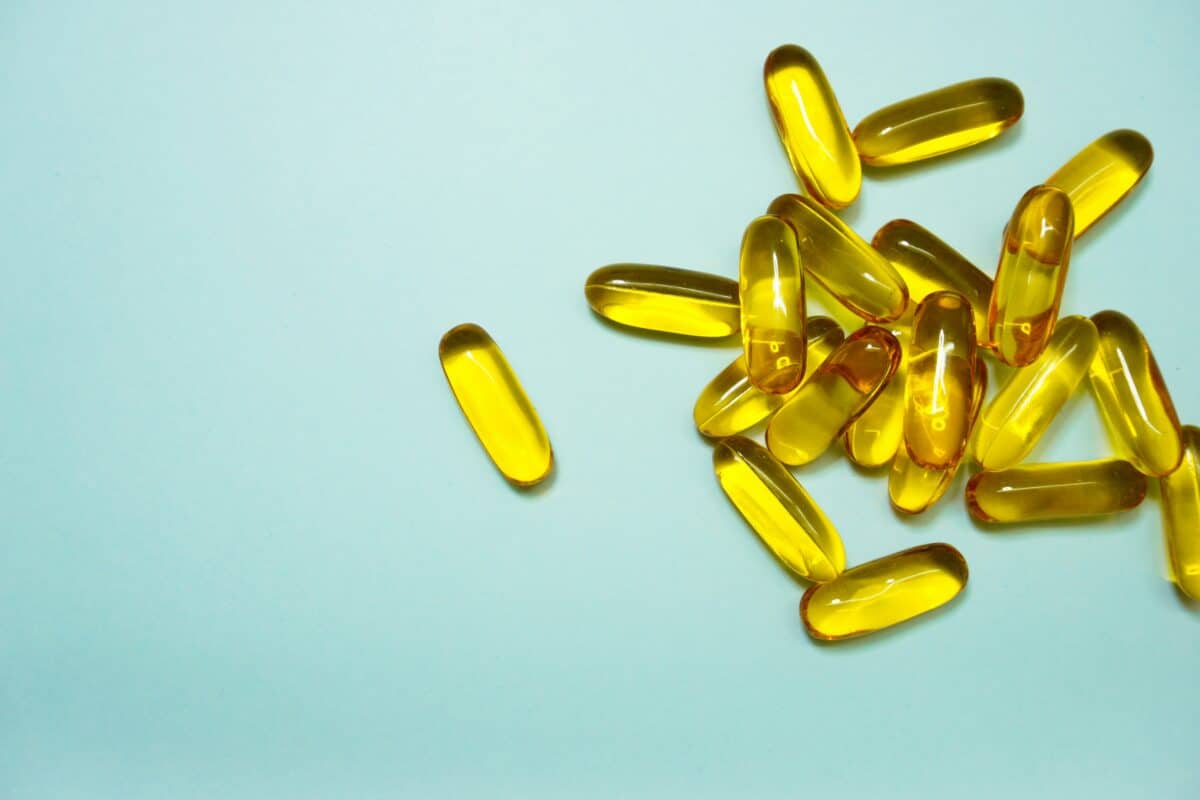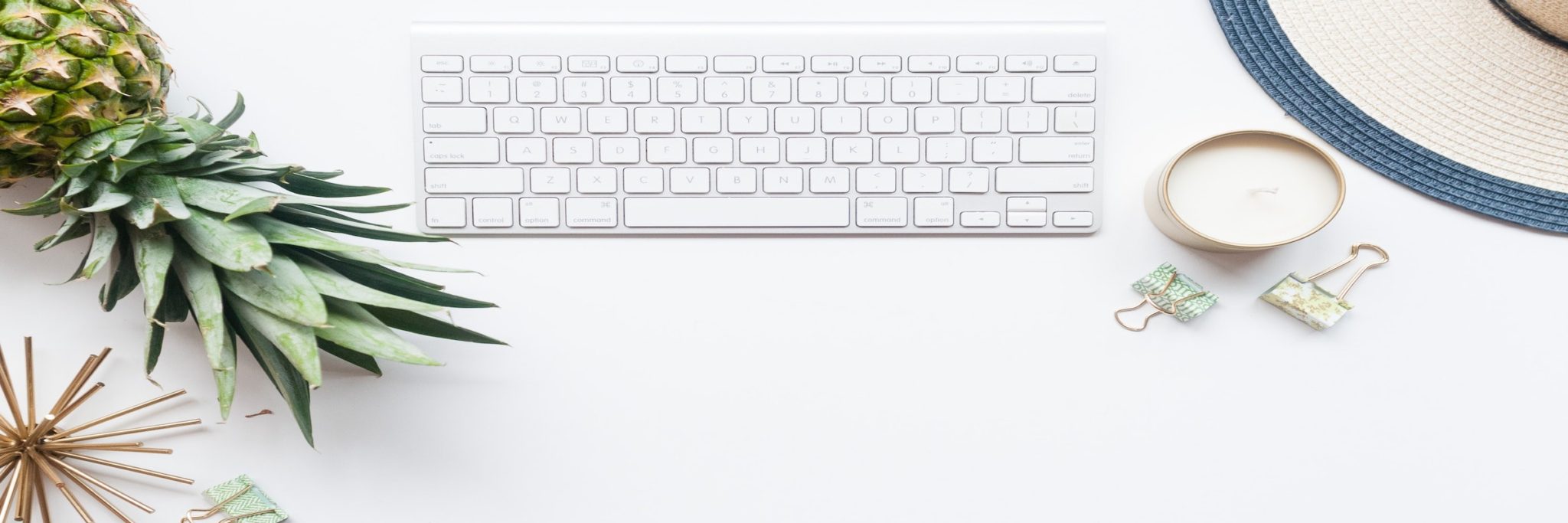 Chia seeds entered my life through providence. Mistaking them for black quinoa in the bulk bins of Whole Foods, I purchased several pounds without minding the price per pound, which is roughly double quinoa’s price. It was while attempting to prepare the chia in my usual quinoa way—rinsing and soaking—I discovered something was amiss. Instead of sprouting tiny little tails during the soaking process, as quinoa typically does, the chia seeds turned into a gelatinous blob. Regardless of how much water I added to the mess, I couldn’t get the chia to disperse; it just continued to soak up the water and grow bigger and more unwieldy. Still clueless about what they were, that day I gave up on eating chia, but held onto the remaining seeds anyway. I figured out what they were and thought they’d make great birdseed.
Chia seeds entered my life through providence. Mistaking them for black quinoa in the bulk bins of Whole Foods, I purchased several pounds without minding the price per pound, which is roughly double quinoa’s price. It was while attempting to prepare the chia in my usual quinoa way—rinsing and soaking—I discovered something was amiss. Instead of sprouting tiny little tails during the soaking process, as quinoa typically does, the chia seeds turned into a gelatinous blob. Regardless of how much water I added to the mess, I couldn’t get the chia to disperse; it just continued to soak up the water and grow bigger and more unwieldy. Still clueless about what they were, that day I gave up on eating chia, but held onto the remaining seeds anyway. I figured out what they were and thought they’d make great birdseed.
A few weeks later a friend, commenting on my vegan food plan, suggested I try chia for its enormous health benefits. Recalling the unpalatable mess that was my introduction to them, I was skeptical. They may be among the most nutritious foods on the planet, I reasoned, but if they taste awful I am not eating them. For me, healthy foods must be held to same standards as I once held unhealthy foods: they must be delicious.
Chia, if combined in the right dish, is exactly that. It bulks up a small bowl of oatmeal or buckwheat; it adds a nutty crunch to salads. Chia turns my Vega One protein powder into a nice thick shake, making it more satisfying.
Considered a superfood, chia was a staple of the Aztec and Mayan diets. It’s said as little as one teaspoon could sustain warriors during a 24-hour battle march.
For vegans, chia is a valuable source of Omega-3 fatty acids. In fact, ounce for once, chia contains more Omega-3s than salmon.
Chia is also a protein and calcium powerhouse: one serving (3 Tablespoons) of chia provides 18% of the daily requirement of calcium. Other health benefits include being a great source of vitamin C and magnesium. Chia is higher in antioxidants than blueberries and higher in iron than spinach.
Like most nutritionally-dense seeds, chia is neither low-fat nor low-calorie. Yet, it is an ideal food for dieters. Since chia seeds absorb 12 times their own weight, they are an appetite suppressant for those who do not exceed one serving per day.
Which brings us to an important caveat. To achieve goal weight and health benefits, you must measure your servings. Overeating is a natural side effect of not being precise with food quantities. All foods, including veggies and fruits, should be measured to make sure your portions don’t exceed healthy quantities and appropriate caloric intake. This is especially true for nuts, seeds, corn chips and other packaged products, carbohydrates and all animal products, which are prone to prompting compulsive eating behaviors.




Great article, Lynn! Thank you! Made me smile as I put a spoonful of chia in my smoothie this morning. Your article made me think of new ways to use this trusty friend. Loved your quinoa story, too. Thanks again.
Love my Mila chia. Best thing that ever happened to my health and life! Thanks Lynn for this article…